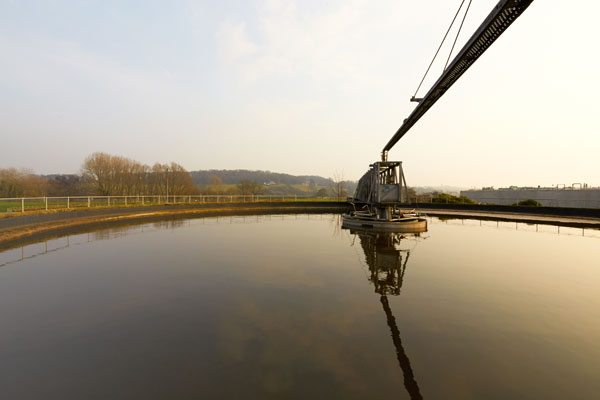Our regular series examining the CON29DW this month looks at sewage treatment works.
Question 2.9 of the CON29DW states: “Please state the distance from the property to the nearest boundary of the nearest sewage treatment works.” This question is designed to inform the public about an unpleasant but necessary part of the sewage treatment process.
Foul sewers, which take all waste water from inside a property, feed into treatment works (as opposed to surface water sewers, which remove rain water and return it back into the environment). This water is then treated to remove contaminants before being discharged, and the waste products safely disposed of.
Unfortunately, this process can be disruptive, not to mention unpleasant for nearby properties, and it is for this reason that their location is included in the CON29DW.

Firstly, and most obviously, the presence of a treatment works can cause unpleasant odours. Although most are located away from residential areas (primarily for this reason) the odour can occasionally be noticeable from some distance, especially in certain wind conditions.
A treatment works can also be disruptive. The heavy machinery used can sometimes be noisy, and tanker trucks often visit sites, especially with larger works. Whilst the noise should be minimal from nearby properties (unless they are in immediate proximity to works, which is unlikely), trucks visiting sites will pass along access roads to treatment works.
Flies are another unpleasant side effect of treatments works. The processes used to treat sewage are designed to mimic the ecology of marshland, which in turn attracts flies. Whilst these will be concentrated around the works themselves, they have on occasion been known to swarm, which can affect nearby properties.
It’s also worth noting that, as with the rest of the CON29DW, only public assets are shown. Private sewage treatment works are not common, but do exist. Most private sewers will discharge into the public system, which will in turn discharge into public treatment works, but on occasion there will be self-contained private sewer networks, along with their own treatment works (for example on Ministry of Defence land). Therefore, we’d always recommend making further enquiries for any additional, private hazards.
